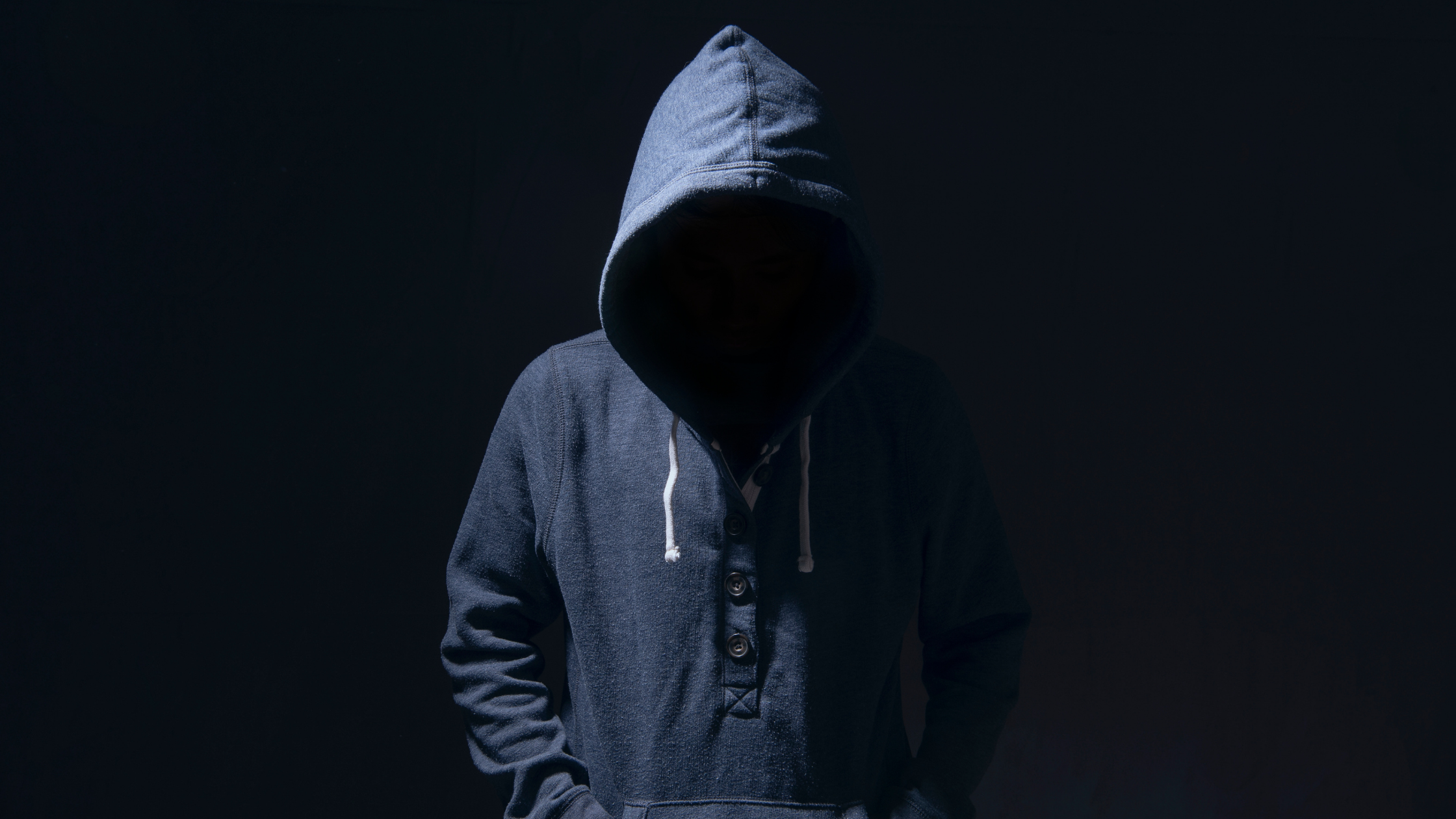How to reduce crime using babies and a bit of behavioural science
It would be great to have two policemen/women standing on every street corner, protecting local residents and being an overt deterrent to any would be criminals.
Unfortunately, with public service budgets being what they are in the modern world, that utopian scenario is unlikely to happen any time in the near future, in any city.
Left field thinking is required to come up with a minimal cost solution to reducing crime and anti-social behaviour, that brings about a higher sense of community in deprived urban areas.
That is exactly what happened with a project titled ‘Babies of the Borough’.
The London riots of 2011 saw severe social unrest in the city.
In several areas, the unease, anti-social behaviour and crime continued after the riots had died down.
The district of Woolwich in particular saw a continuation of theft, vandalism and public urination.
So the local government association called in Ogilvy Change (the Behavioural Science arm of Ogilvy) to see if a creative approach could make things better.
That’s where Tara Austin, Consulting Director at Ogilvy Change, headed up the project.
Babies faces stimulate a more caring response in the brain
Tara and the team wanted to put to practical use some research from the University of Pennsylvania that proved that humans have an innate caring response to images of babies faces.
So, Ogilvy requested the local community to submit photos of their infants.
Top level street artists (maybe you would call them Graffiti artists) were then commissioned to spray paint the babies’ faces on to the grey steel shutters of local shops.
At the inception of the Tara said: “Babies of the Borough was really inspired by the riots of last year (2011). Here in Woolwich was a really sad case of a community self destructing. What we wanted to do was show that something as small and simple as painting the faces of local babies on to shop security shutters could make sure that instead of signalling the presence of crime in this area, we were signalling the presence of a community.
We are looking for a reduction in the anti-social behaviour in this area. And really there’s no downside. We know from the evidence that babies faces do stimulate a more caring response in the brain. And we want to bring that love and care to this area of Woolwich. And ultimately, what would you rather have, steel shutters or these images of smiling babies?”
The paintings of the babies certainly made the steel shutters seem more friendly (as you can see in the video below).
Did the babies’ faces reduce crime figures?
So, did the experiment succeed in its aims of reducing local crime statistics?
One year after the baby faces were painted on the shops’ steel shutters, the local government reported that there had been a 24% reduction in anti-social behaviour and crime.
Quite an achievement just from some cans of paint and implementing some behavioural science inspired thinking.
The founder of Ogilvy Change, Rory Sutherland said: “This project was borne of a desire to help re-inject a sense of pride back into the local community following the terrible events of last year. This is an experiment emphatically worth trying, since there is almost no downside: the existing shutters are an eyesore, but also send out signals that you are in a neighbourhood where a degree of lawlessness is the norm.”
You can hear from Tara Austin in our 42courses podcast with her, where she discusses topics close to her heart like Edward de Bono (inventor of lateral thinking), creativity and why drugs are helpful to the creative process.
Tara is also one of the thought leaders (amongst her colleagues from Ogilvy Change) in our Applied Behavioural Science Course with Rory Sutherland.






